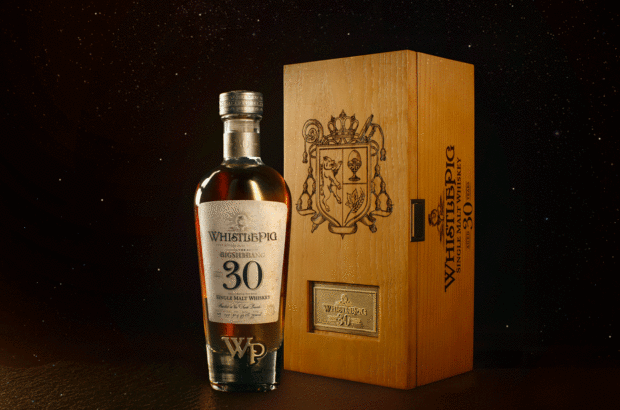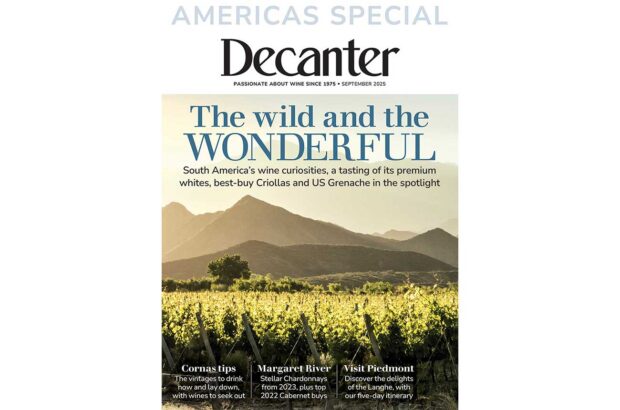Argentina's winemakers need to build on their success with Malbec by showing that the country can do more than a single varietal, according to two leading boutique producers.
Representatives of Vina Alicia and Antucura wineries were in the UK last week alongside their, importer Ruta 40, as part of a strategy to demonstrate Argentina’s breadth of wine styles, albeit at relatively small volumes in many cases.
Malbec punches above its weight for Argentina on the world stage.
The varietal accounted for 45% of the country’s bottled wine exports in 2012, despite constituting around 22% of the country’s production of ‘high quality’ grapes, according to a report on the country’s wine industry published by the US Department of Agriculture’s (USDA) Foreign Agricultural Service in August this year.
It’s little secret that Malbec has opened doors for Argentina in the US, now the country’s largest export market, and is doing similar, on a lesser scale, in other key markets, such as the UK.
However, the USDA report notes that, ‘even though the Malbec variety has become the signature for Argentine wine, almost all world varieties grow in Argentina’.
‘We must show people that Argentina is not only Malbec,’ said Rodrigo Arizu, vice president of Vina Alicia in Lujan de Cuyo, Mendoza. ‘Our idea was to create unusual blends,’ he told decanter.com, citing the winery’s white blend of Riesling, Albarino and Savagnin under the Tiara brand name.
Alicia, founded in 1996, is also producing small volumes of Nebbiolo, a notoriously poor traveller from its native Piedmont in Italy. It is made from 40-year-old vines based on clones that are believed to pre-date the outbreak of phylloxera in Europe in the late 19th Century.
Three hundred days of sunshine per year enable good concentration, Arizu said, adding that tannins are a little softer compared to Piedmont. ‘Here, we have the same aging potential [as Piedmont], but we can also drink it now,’ he said. Alicia has recently released its ’07 Nebbiolo, priced at around GBP45-a-bottle.
‘Our first vintage was in 1998, but it was a terrible vintage. The ’99 and 2000 are still young and full of flavour. They could achieve 20 or 30 years [aging].’
Sandrine Barrail-Biancheri, part of the owning family at the 125-hectare Antucura estate in the Uco Valley, said that her winery has focused on improving its French varietals. The winery’s portfolio includes a classic Bordeaux-style blend of Cabernet Sauvignon and Merlot, including around 10% Malbec, and has also experimented with a 100% Pinot Noir under its Barrandica brand.
‘Malbec has raised consumer expectations, and all that comes after must be at least as surprising,’ wrote Fabricio Portelli, an Argentinian sommelier and director of publisher El Conocedor Multimedia, in Decanter’s South America-focused October issue, which highlights several Malbec alternatives from Argentina.
He called Cabernet Sauvignon the ‘safe bet’ for Mendoza. But, ‘in the Uco Valley, Chardonnay is doing well, and Bonarda, Cabernet Franc, Semillon and Viogner have been a revelation’, he said. He also highlighted Pinot Noir from Rio Negro, and Torrontes and Tannat from Cafayate in Salta.
However, the expense of exporting means it is tough for boutique producers to gain a foothold in markets like the UK.
For Ruta 40 founder Christian Rothhardt, Argentina commonly offers better value than Bordeaux in the GBP12 to GBP20-a-bottle price range. The challenge, he acknowledges, is persuading people to taste.
Written by Chris Mercer







